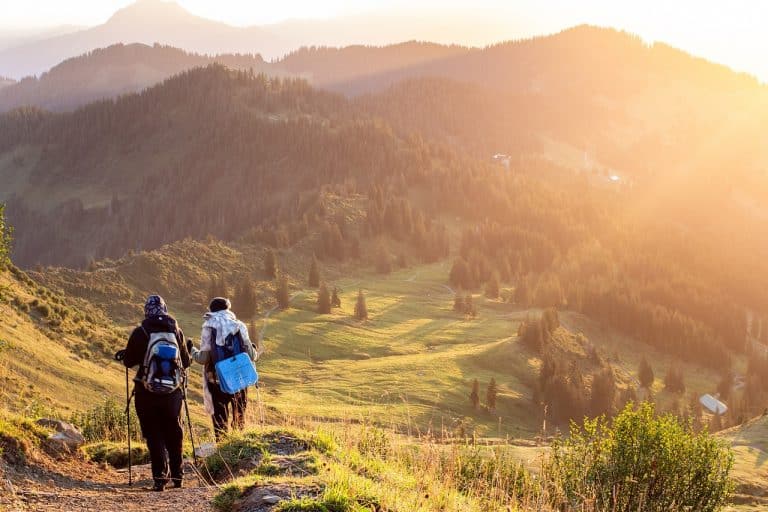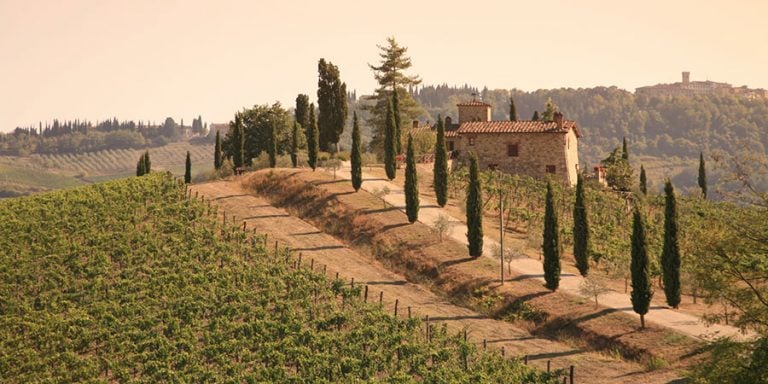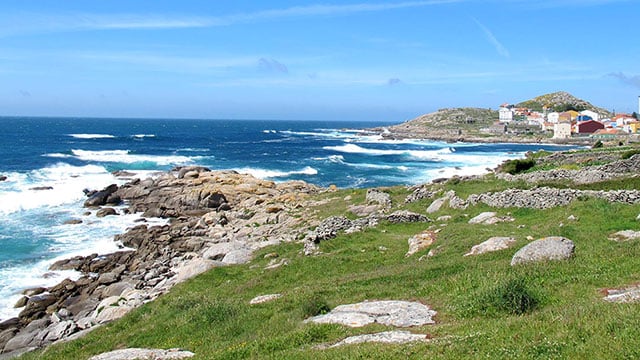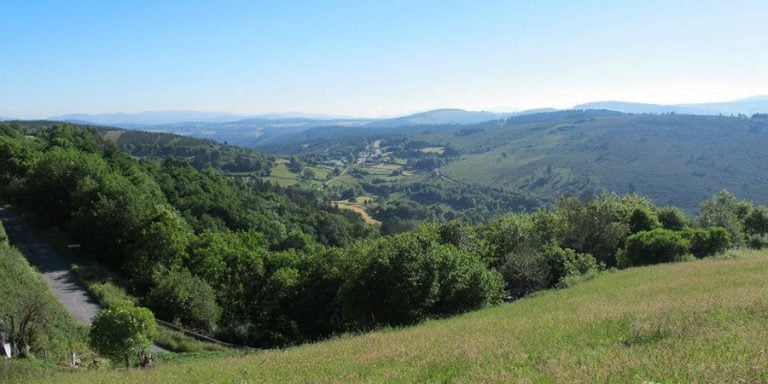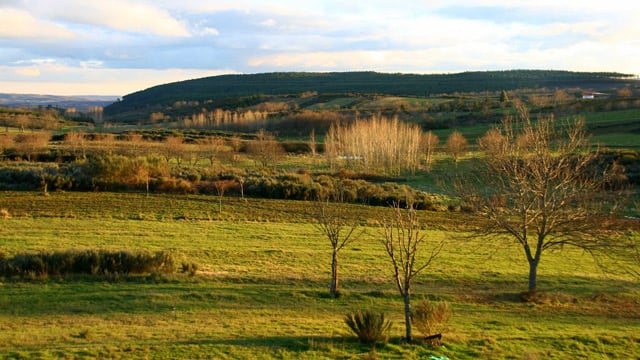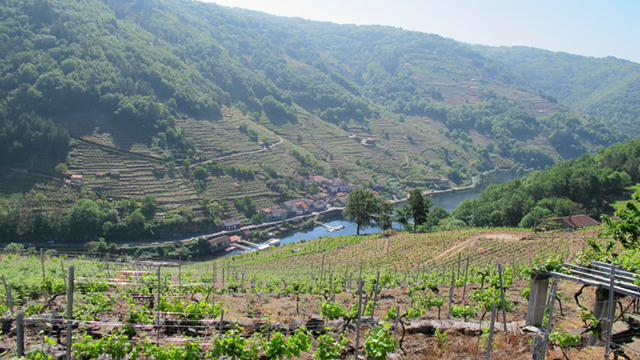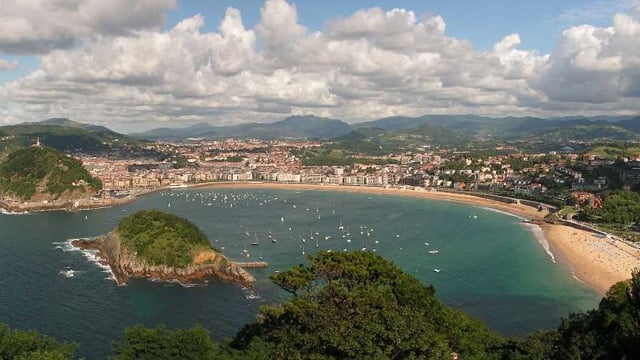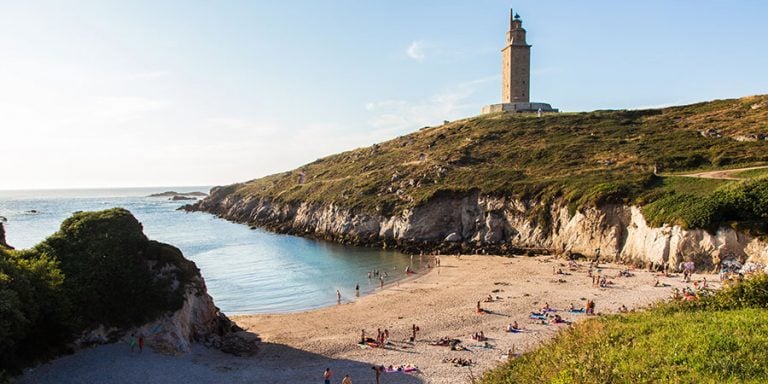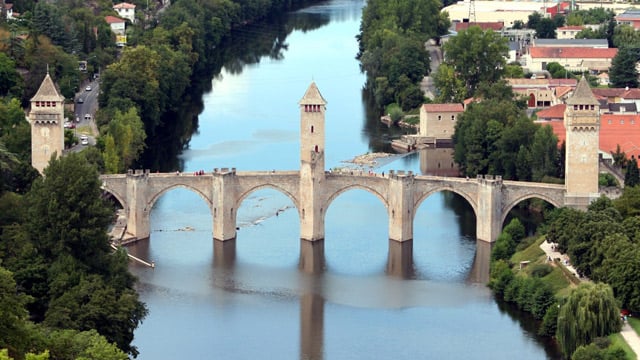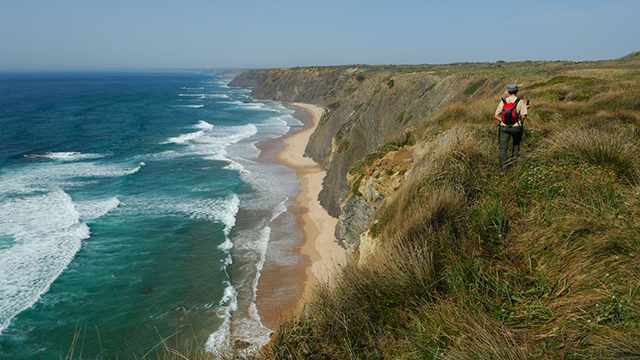Discover the Camino de Santiago Routes
The Camino de Santiago is not one single trail but a vast network of ancient pilgrimage routes stretching across Europe, all leading to the shrine of Saint James in Santiago de Compostela, in northwest Spain. With so many paths to choose from, each offering its own scenery, traditions, and challenges, where does one begin?
The most famous of these trails is the Camino Francés, but it is far from the only route worth exploring. From the dramatic coastlines of the Camino del Norte and the Camino Portugues to the spiritual cliffs of the Camino Finisterre, each Camino route tells a different story. Some have been walked for over a thousand years; others are lesser-known paths revived in recent decades. Some pass through bustling cities, others through remote villages or along the edge of the Atlantic Ocean.
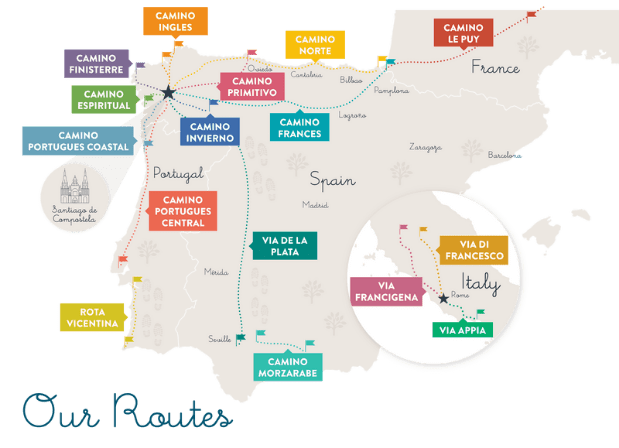
Camino Routes
Most Popular Camino De Santiago Routes
The Camino Frances is the most popular of the Camino de Santiago routes. Also known as the French Way, this route is the one you may have seen in the well-known movie ‘The Way’ or the BBC documentary called ‘The Pilgrimage’. The Camino Frances begins near the gorgeous red-and-white town of Saint-Jean-Pied-de-Port and finishes in Santiago, passing beautiful towns, villages and cities along the way.
The Camino Portugues has increased in popularity over time and it is now the second most popular of the Camino routes. The full route of this coastal Camino begins in either Lisbon or Porto and takes pilgrims across the country border between Portugal and Spain, culminating in Santiago de Compostela.
The other Camino routes that lead you to the historic centre of Santiago include the Camino Ingles, the Camino del Norte, the Camino Primitivo, and the Via de la Plata. Often pilgrims will choose to continue their Camino de Santiago journey by walking the Camino Finisterre, the only route that begins in Santiago and takes you towards the Galician coast at Cape Finisterre, once known as the ‘end of the world’.
People choose to walk the Camino for many different reasons, such as spiritual reasons, adventure, or meeting like-minded people. Whether you want to escape from routine, take some time to reflect on your goals, or simply enjoy the Northern Spanish culture, the Way of St James is for everyone. Along the way, take time to speak with other pilgrims, take in the historical sites and enjoy delicious tapas along the Camino routes.
How do you choose the right route for you?
This depends on many factors—your time, fitness level, interests, and whether you’re seeking a spiritual journey, a cultural experience, or a combination of both. Some routes are ideal for first-time walkers. Others are more suitable for experienced hikers or cyclists. Some are short and sweet; others will challenge you over hundreds of kilometres. Many routes can be walked in stages, giving you flexibility to return later and complete the trail at your own pace.
And while the destination may be the same for most—Santiago de Compostela—the journeys could not be more different. From Portugal to France, from the Pyrenees to the Galician hills, these routes offer a rich variety of landscapes, languages, cuisines, and customs.
For many, the journey becomes more than just a walk. It becomes a way to disconnect, to reflect, or to reconnect—with nature, with people, or with oneself. Pilgrims, adventurers, culture seekers, and curious travellers walk these trails for different reasons. But they all share the same paths, the same sunrises, and the same sense of wonder.
In this section, you’ll find an overview of the main Camino de Santiago routes. Each one has its own character, its own rhythm. Some are easier, others more remote. Some follow Roman roads or medieval tracks; others cut through mountains or follow the sea. Some pass vineyards and monasteries; others wind through eucalyptus forests or sunflower fields.
No single route is ‘the best’. There is only the best route for you.
So take your time. Explore the different options. Ask yourself what kind of journey you’re looking for. And remember: whichever route you choose, the Camino always offers something more than expected. It’s not just about reaching Santiago—it’s about the path that gets you there.
The Distances Of The Camino De Santiago Routes
The distances of the Camino de Santiago routes vary from one guidebook to the next. Here are the official Camino distances in kilometres from start to finish:
Which Camino De Santiago Route Should I Choose?
People choose their Camino de Santiago route based on several factors. The most common factors are ease of access, weather, environment, and the amount of traffic. The first portion of the Camino Frances can be very mountainous, while most Portuguese Coastal Way is by the sea. The final sections of the Camino Frances and the Camino Portugues are well-travelled. Some pilgrims want to walk the entire Camino from beginning to end, and others prefer to walk it in sections of a week or two.
Camino Frances
The Camino Frances, or French Way, is the most well-known and prosperous road in history. It begins in St-Jean-Pied-de-Port on the French side of the Pyrenees and crosses about 770km (approximately five weeks on foot) to Santiago de Compostela. It is the most recommended Camino de Santiago for pilgrims walking the Camino for the first time or those walking with children. Since the apostle’s tomb was discovered in the 9th century, this path has been active, and the current course was developed in the 11th century. If you have only one week and you want to see Santiago, we recommend walking the last 100km of the Camino Frances from Sarria to Santiago.
Camino Portugues
The Camino Portugues, or Portuguese Way, promises a quieter and flatter experience for walkers and cyclists. The route takes you along northern Portugal’s Atlantic coast, past quaint seaside towns and picturesque beaches, before encountering the typical Spanish road all the way to the finish point in Santiago de Compostela.
Camino Finisterre
The Camino Finisterre or Finisterre Way is the only Camino route starting in Santiago and this path takes you to the small fishing ports of Fisterra and Muxía on the dramatic coast of Galicia. This is a perfect Camino if you want to continue your journey and experience the ‘real Galicia’ and spectacular scenery. You will need four to six additional days to Fisterra or Muxía. Finisterre, you will meet the cliffs, and lighthouse with a strong end-of-the-world. Muxia’s impressive church perched on a rocky seashore commemorates the arrival of the Virgin Mary on a stone boat.
Camino del Norte
The Camino del Norte or Northern Way is the third most popular Camino de Santiago Route. It runs along Spain’s North Coast. This is the second-longest path to Santiago de Compostela (800km). This Camino provides terrific stretches of beaches and cliffs that draw more pilgrims each year. It offers a variety of landscapes, country lanes, mountainous trails and coastal paths. The section after Santander is one of the quietest Camino. Top sights: San Sebastian, Bilbao, Santander, Gijón and Ribadeo.
Via de la Plata
The Via de la Plata is the longest Camino route (1000km). It begins in Seville and finishes in Santiago de Compostela. This Camino during the middle ages was used by pilgrims from the South of Spain and North Africa. It is a quieter choice than the Camino Frances or the Camino Portugues. This path weaves through a beautiful area known for its forests and lakes with many Roman ruins and UNESCO World Heritages. From the picturesque Ourense, renowned for its hot springs, the road gets hillier with pine and oak forests. The final leg leads north through Galician farmland villages and hamlets.
Camino Ingles
The Camino Ingles, or English Way, was one of the main Camino de Santiago Routes for pilgrims from the British Isles and Scandinavians. They sailed to the northern Spanish coast and walked to Santiago de Compostela overland. Nowadays, there are two ways: The Original Camino Ingles starts in Ferrol, which enables you to get your Compostela, and the so-called Celtic Camino, which starts in A Coruna. For the first few days, you walk along the coast with incredible sea views, then follow a path inland, past ancient chapels and churches and green, tree-lined pathways to the city of Santiago.
Camino Primitivo
The first pilgrimage to the Apostle’s tomb in Santiago was made by King Alfonso II of Asturias in the 9th century. A very scenic yet challenging walk, the Camino Primitivo or Original Way, starts in Oviedo and travels about 328km south-westerly towards Santiago. It has fewer amenities along the way and the route has a lot of steep ascents, so we recommend it to those that have some experience and are looking for a quieter Camino Experience. The Route, however, is excellent as it takes you from mountainous Asturias to lush Galicia across beautiful valleys, mountains, and scenic viewpoints. The last 100km of the Camino Primitivo starts in the Roman city of Lugo, which is still surrounded by magnificent 2000- year-old Roman walls and towers. This final section is not particularly difficult, but it is still more remote than its counterparts in Galicia; it meets the Camino Frances, on the second walking day, in Melide and continues for the next 50 km to Santiago.
Handpicked Accommodations on Our Camino de Santiago Routes
With all of our Camino tours, your accommodation is booked in handpicked hotels, your luggage is transferred each day and you will receive all of your walking notes and maps in advance.
Luggage Transfers
Travel light on the Camino with our Camino Luggage transfers. Leave your bag at reception by 8 am, and it will be delivered to your next accommodation by 4 pm that same day. Simple! This service is available on all our Camino de Santiago Routes.
You can download our Camino Beginners Guide to learn more about the Camino de Santiago routes, including the history, trails and travel planning. If you are in the planning stages, make sure to check out our Camino Fitness Bible.
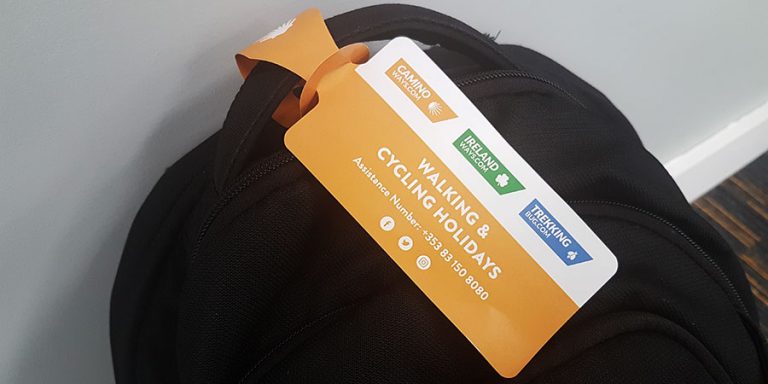
Camino Ways Route Planner
For over 1000 years, pilgrims from all over the world have walked the Camino Way across Europe in their quest for spirituality. Making the pilgrimage to Santiago de Compostela in Spain, they encountered various people, cultures and beliefs, leading to friendship and new experiences. This continues today, with the Camino de Santiago being the most well-known and well-loved walk in the world. More than just a walk, the Camino de Santiago is an unforgettable and unique journey for the body, mind, and soul.
Camino Information
Stay up-to-date and get the latest Camino Travel News and Information with CaminoWays.
Camino
Blog
Read the lastest Camino Articles
COVID-19 Travel Updates
Covid updates
Camino Tips &
Advice
Everything you need to know before you go on the Camino
Camino
Information Hub
All our Camino materials and content
